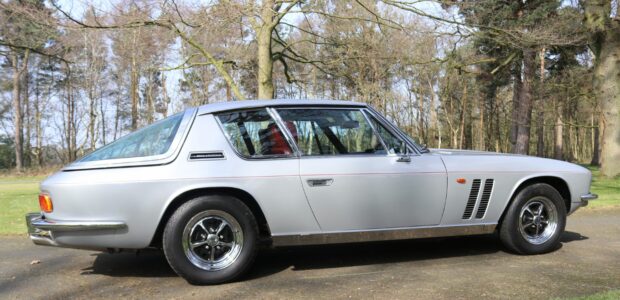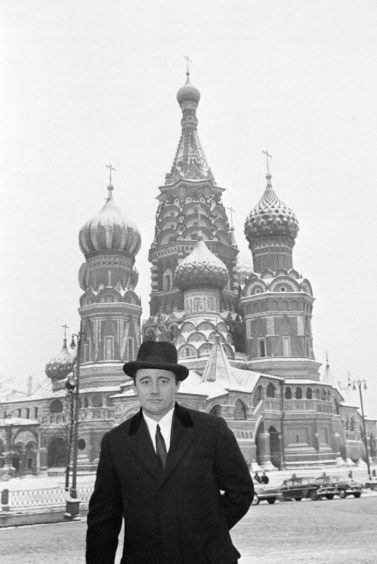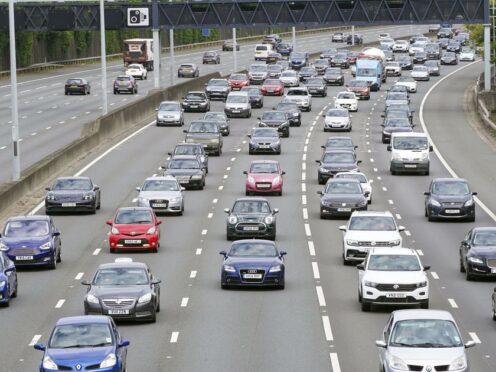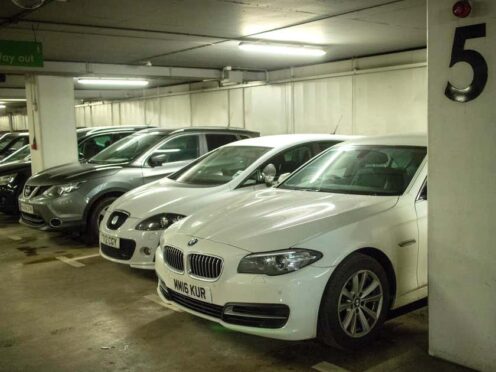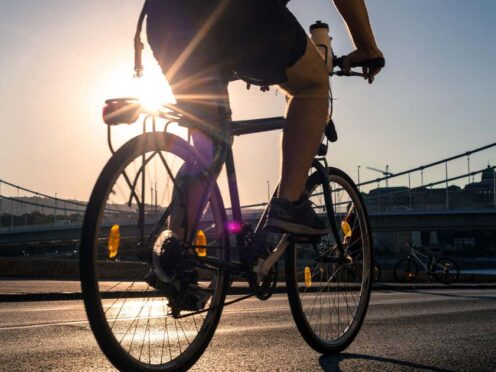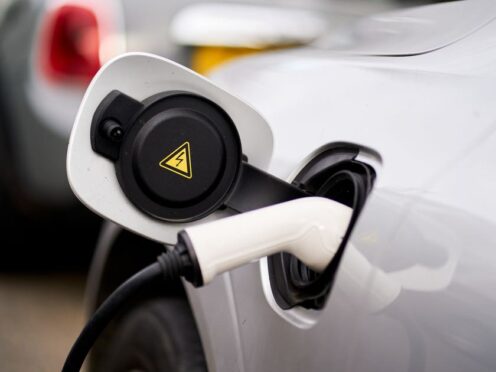As a child one of my favourite TV shows was The Man From U.N.C.L.E..
I grew up wanting to be Napoleon Solo, so much so that at the age of 8 I had a suit and tie like my hero.
Rather cruelly, my careers adviser told me that there were limited opportunities for work in the United Network Command for Law and Enforcement (UNCLE) in the north of Scotland.
My adulation for actor Dr Robert Vaughn (he gained a PhD. in communications from the University of Southern California in 1970) meant I followed him to a 1972 quasi-spy television show entitled The Protectors.
The opening sequence is smartly cut to Avenues and Alleyways by Tony Christie, but the story that follows the titles is total tosh. I’d no idea what was going on, sadly, neither did Vaughn, as he admitted at the time.
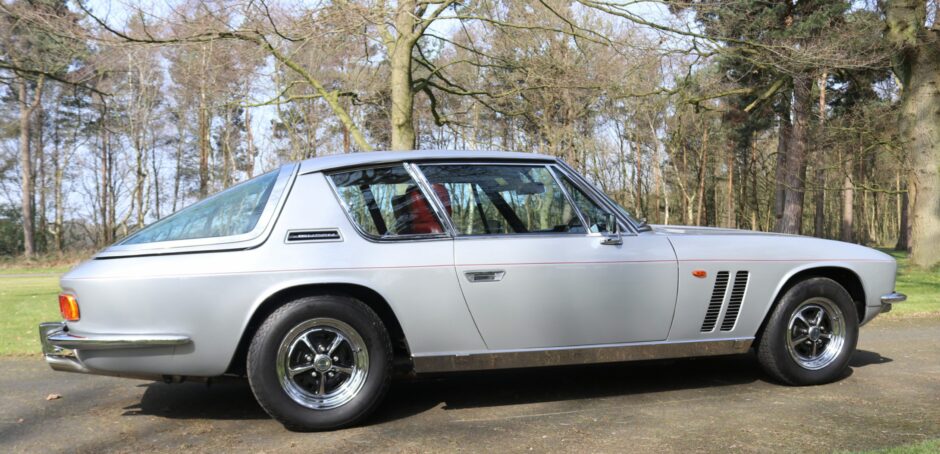
The only reason for viewing every week was to see Vaughn drive his character’s Jensen Interceptor.
What a car! The likes of which I’d never seen before; that huge rear hatch styled into a massive two-door express just shouted jet set lifestyle.
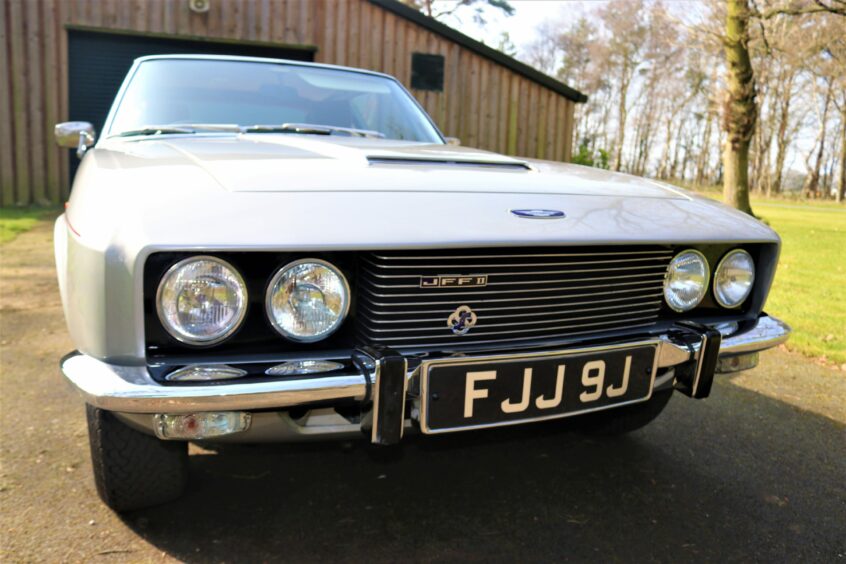
This fascination with the Interceptor has stuck with me, and as lesser journalists would write, was an itch not scratched. Until now.
Last month my good friend asked me to accompany him on a trip to Cheshire to view a Jensen FF he was considering buying.
I quickly agreed as I could at last get to drive Jensen royalty, the Ferguson Formula (FF) car. Now, stick with me here as I get geeky. Yes, the FF looks like other Interceptors, but it’s not.
Dimensionally it’s got a longer nose, to make room for the front part of drive ahead of the engine, and with the engine-transmission sited further back into the car the holy grail of almost a mid-engine weight distribution is secured.
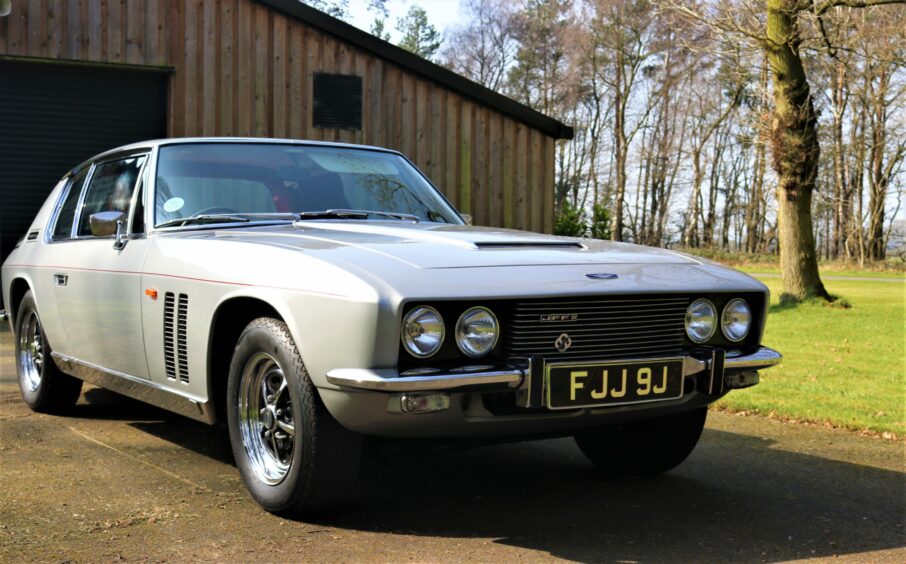
And here’s the important bit. Back in 1965 when the Austin 1800 was European Car of the Year, Jensen was able to create the FF sports car with four-wheel drive. That’s a British win well before “Vorsprung durch Technik”, as the say in Germany, came to the UK in the 1981 Audi Quattro.
Head-to-head with Ferrari and Aston Martin
An incidental advantage of this Jensen four-wheel drive was to make practical the fitting of anti-skid brakes, an innovation not on mainstream cars until decades later.
Beng “the most technically advanced car in the world” as Jensen claimed, came at a price.
This car in 1970, at £7,705, and with a top speed of 137mph, was competing against the £7,901 Ferrari 365 GT and the cheaper £6,210 Aston Martin DBS.
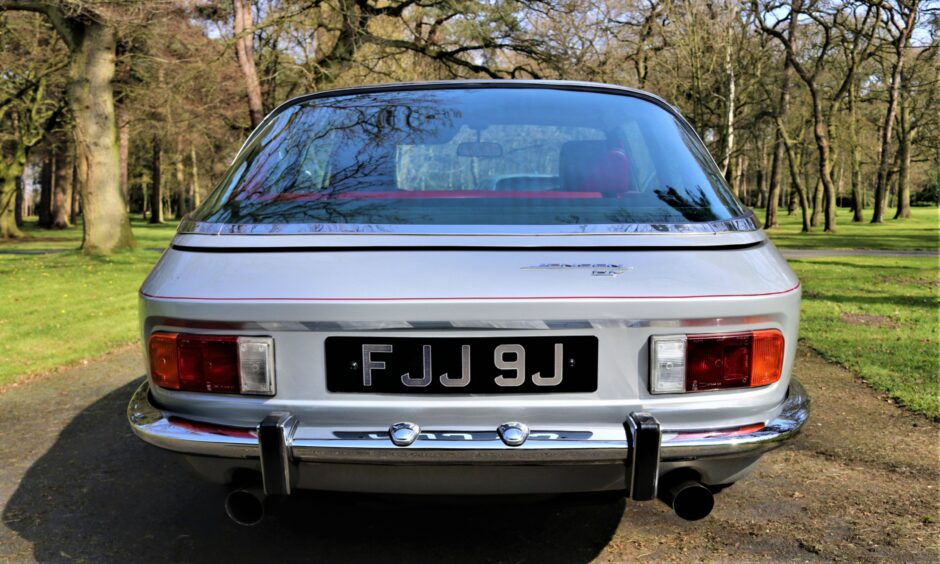
The viewing and road test left me with a dilemma. Should I encourage my fellow car crazy to make the purchase, allowing me to fulfil my inner international man of mystery fantasies, or give unbiased advice I’d been taken along for.
In Autocar magazine’s long term test back in the 1970’s their FF averaged 11.5 miles to the gallon. In 2022, that’s an expensive way to get a pint of milk from the shops
The advice goes like this: it’s a cracker, the bodywork and paint from previous work is superb (although I did find a small paint run), you couldn’t buy from a better owner (one of the wealthiest people in the UK who is a huge car nut with Bentley Blower and Rolls Royce Silver Ghost amongst 15 other perfectly housed and curated cars).
Although the car has been kept on a no expense spared basis, there are downsides. In full disclosure with the full-time on-site mechanic a slight compression issue in the engine was mentioned.
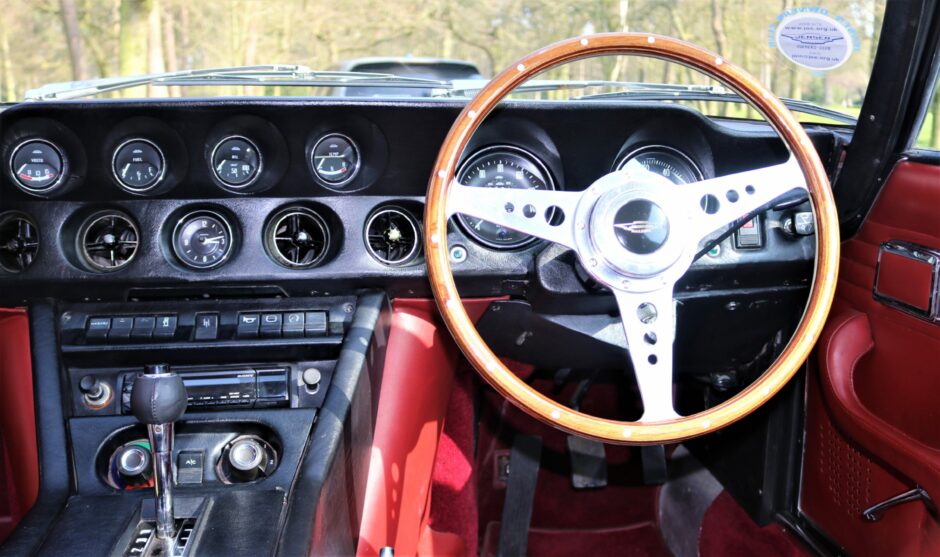
There is also an over-fuelling issue from the addition of the Holly carburettor. Back in the day Jensen’s were criticised for their thirst. On the test drive the fuel gauge dropped from a ¼ tank to the “fill up now” orange warning light shouting at me. In Autocar magazine’s long term test back in the 1970’s their FF averaged 11.5 miles to the gallon.
It really is a super luxury express, with long-striding gears driven by the transatlantic torque of Chrysler’s 6.3 litre engine and 3-speed box
If this one is over-fuelling, well, it could be less. So, in 2022, that’s an expensive way to get a pint of milk from the shops.
Forget the head, what does the heart say? The cabin is wonderful, it’s been gently lived in, so there’s patina, and extremely comfortable for four. The luxury equipment of electric windows, power steering, town and country horn settings, and air conditioning (which was very welcome on our sunny 20-degree visit) all work.
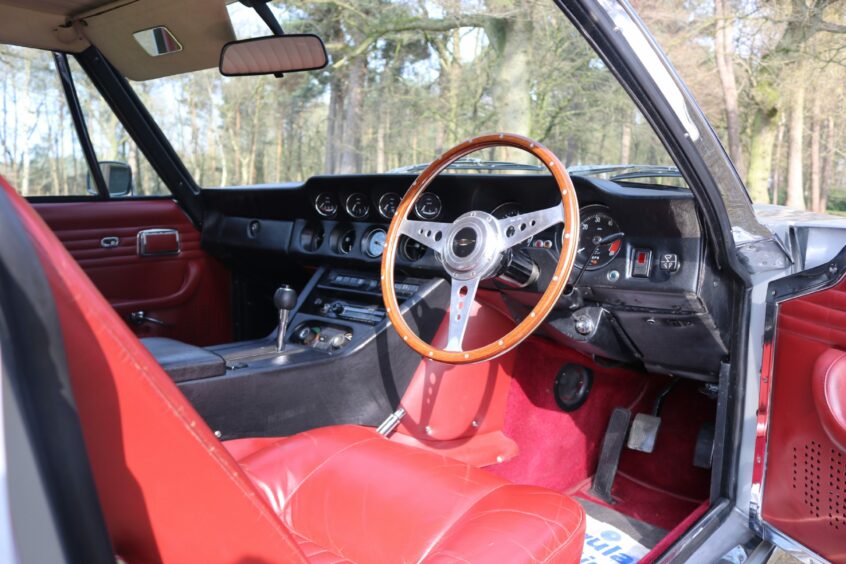
The exhaust note is wonderful, the engine runs well, and although I couldn’t detect any four-wheel drive benefits on test, this car drove perfectly. The old school (non-electric) power steering a joy to use.
It really is a super luxury express, with long-striding gears driven by the transatlantic torque of Chrysler’s 6.3 litre engine and 3-speed box.
Not a car for a green 2022 society
But it’s no Aston Martin nor Ferrari. No sporting pedigree, no in-house engine, but just as pretty.
Only 320 were ever made, and only 55 are left on the road today, apparently. Despite being rare beasts, the FF is not an easy car to sell. They’re just sooo expensive. A high-end dealer in London has a peach for sale at £145k.
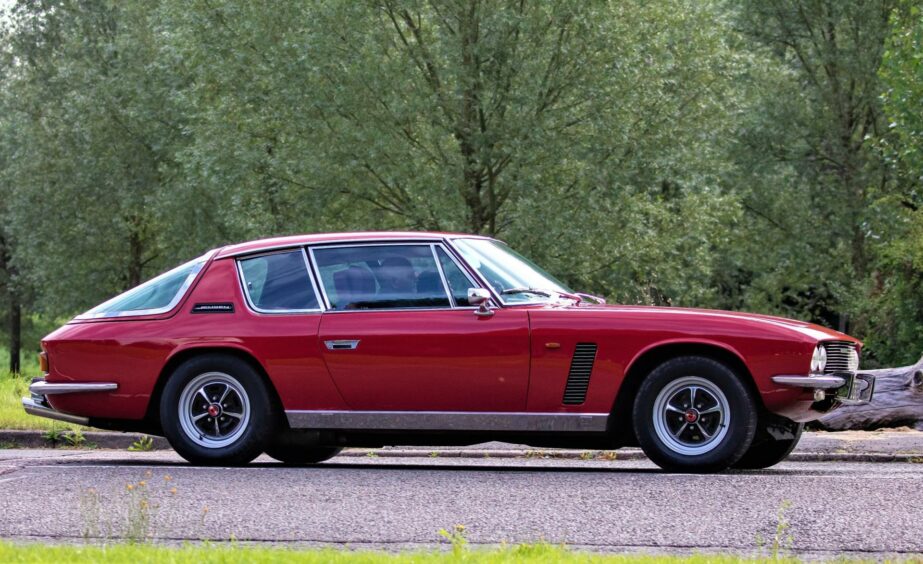
Recently I watched a reasonable example be bid to £75,000 at an on-line auction. To buy the one we viewed you’ll need to bid more than £87,000. Which isn’t bad value for a well known and beautifully cared for example. It was a tough call, but my head ruled my heart, and I advised no purchase.
In summary, riding in or driving the FF is a great experience. It still has such presence, akin to being in a room with Bill Clinton or Barrack Obama (it is a Stateside V8 after all). And that’s maybe it.
The Jensen FF is not the car for a green 2022 society. Like previous Presidents, it still leaves you star stuck, but, it’s lacking power, and out of step with modern politics.
